
Hip Vilnius
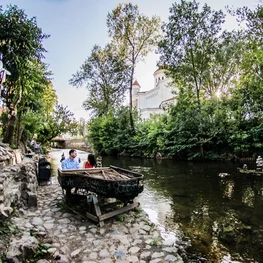
Your Love Story In Vilnius
Vilnius is a city that inspires love.
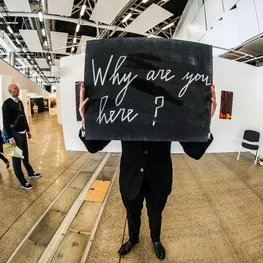
A Guide To Modern Vilnius
A glimpse into Vilnius’ most beloved contemporary places of art.
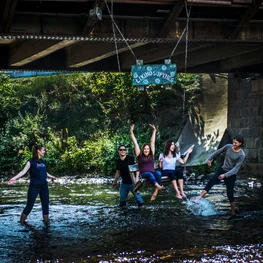
Užupis: a Republic Inside Vilnius
Užupis is the smallest district in Vilnius with its own constitution.
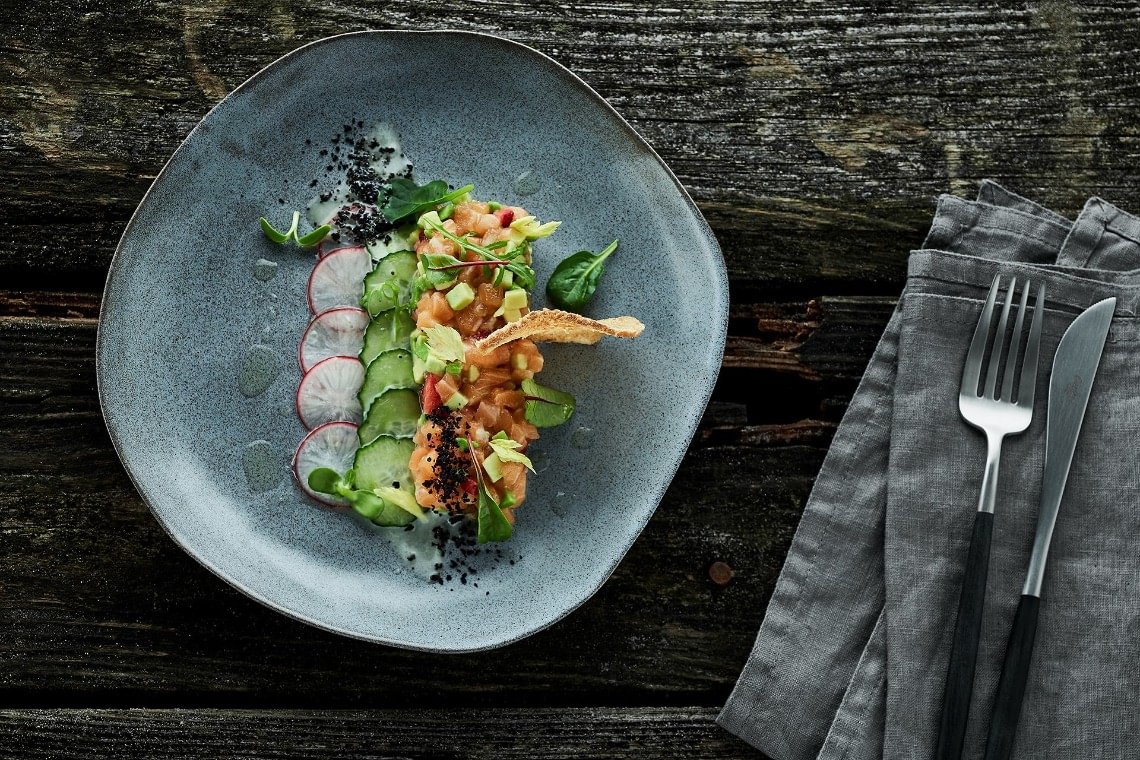
These days, few things represent a nation as well as its food.

COVID-19: Information for travellers
Find out the latest news about the COVID-19 situation in Vilnius and Lithuania. Read more
Places to Visit
Most Loved Places….
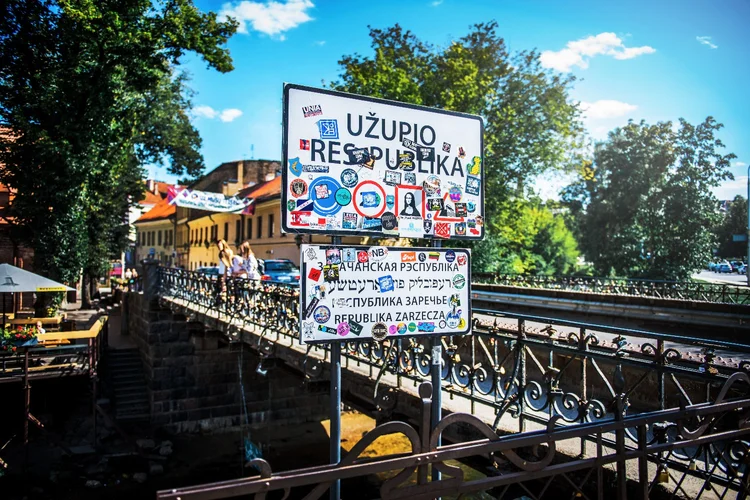
Užupis
Užupis is the smallest district in Vilnius and is separated from the Old Town by the Vilnelė River. Formerly a troublesome place in the early 1990s, Užupis has grown into a beautiful neighbourhood of artists, intellectuals and entrepreneurs. On 1 April 1997, residents of Užupis decided to somewhat sarcastically declare independence. An independent republic has to have money, power, an anthem and constitution, and above all, a free spirit. You will find all of this in Užupis.
Make your way under the Užupis Bridge to have a go on the Swing of Destiny and make sure to say hello to the Mermaid of Užupis while you’re down there.

The Gediminas’ Tower
The symbol of Vilnius is visible from many spots in the Old Town and is portrayed in numerous works of art. It is one of the best places to see the magnificent panoramas of Vilnius. Climb Gediminas’ Hill and admire the sunset or go up even higher to the top of the Gediminas Tower for more spectacular views. The red roofs of Vilnius, the church towers, and the narrow streets of the Medieval Old Town are a stunning sight. The tower houses a historic exhibition displaying reconstruction models of the castles of Vilnius, an armament, and iconographic material of old Vilnius.
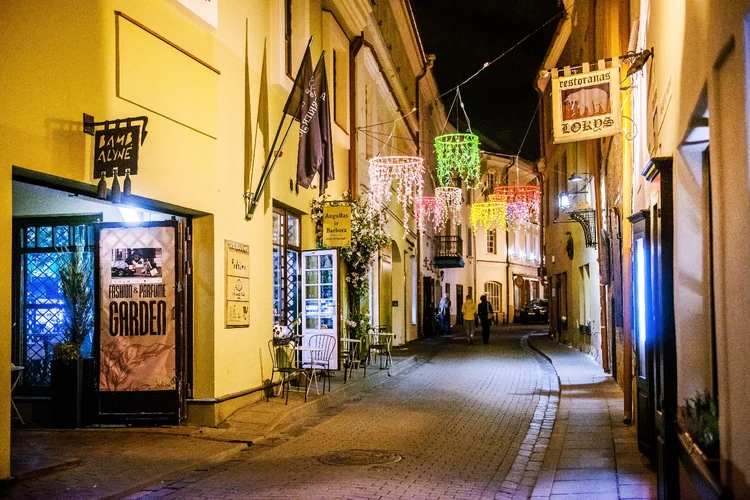
Glass Quarter
The Glass Quarter community was formed in October 2018 in the area of Stiklių, M. Antokolskio, Gaono and Žydų streets. Its purpose is to organise cultural routes, tell hidden stories about Vilnius Old Town, establish traditions, improve infrastructure, and attract investors and individuals interested in Old Town culture. Community association activities are voluntary.
Museums….

MO Museum
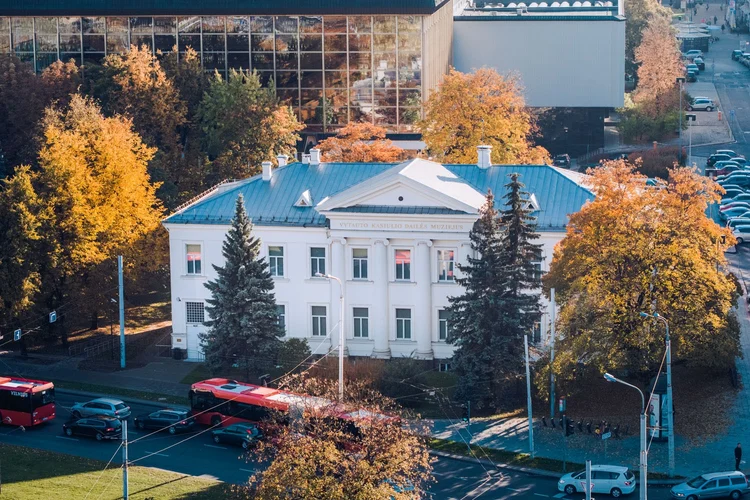
Vytautas Kasiulis Art Museum
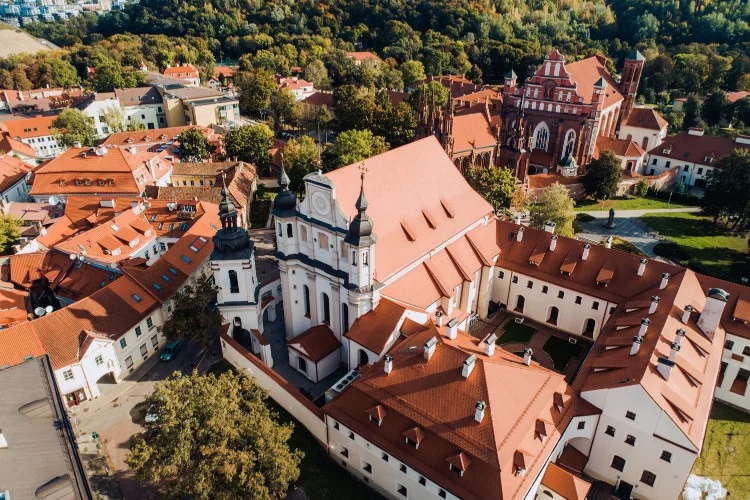
The Church Heritage Museum
Culture & History….
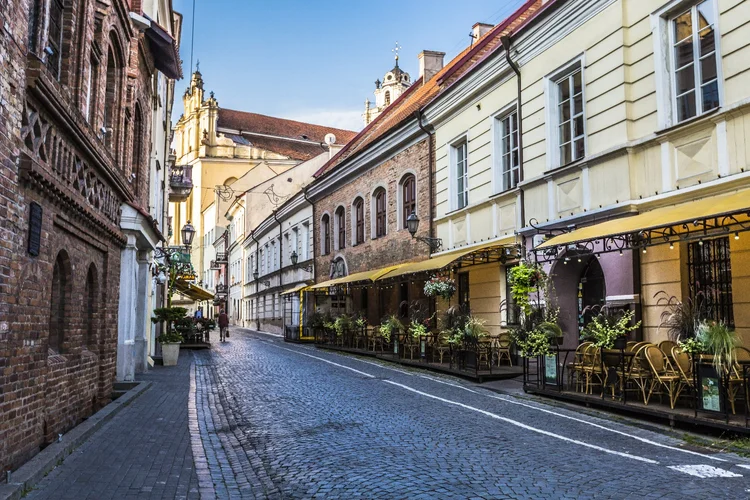
Pilies Street
Pilies Street is the oldest and most ornate street in the Old Town of Vilnius. The street formed in the place of the former road from Vilnius Castle to the south, towards Poland and Russia This was the main road to the castle, with its branches eventually turning into side streets. The name of Pilies street was mentioned in historical annals dating back as far as 1530.
The street is distinguished for its architectural variety: Pilies 12 and 14 are Gothic, Pilies 4 is a Renaissance building of an episcopate college, and the pediment of the Church St. John is Baroque.
A beautiful view of Gediminas Tower can be seen from Pilies street.
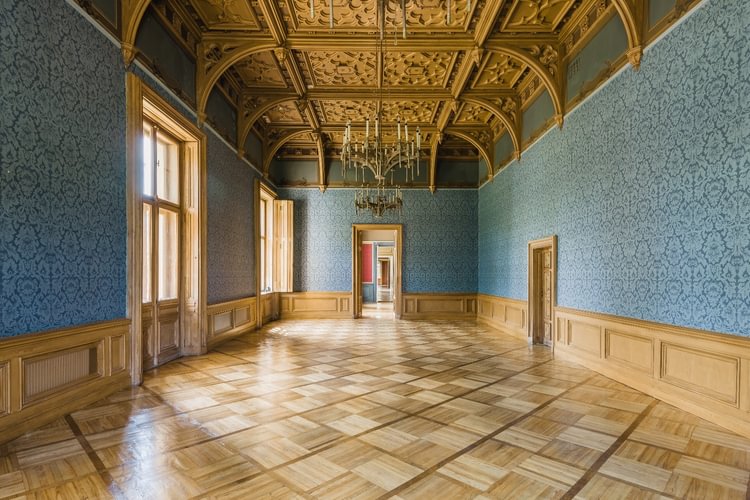
Trakų Vokė Manor
Trakų Vokė Manor once belonged to Tiškevičiai. Today’s manor ensemble includes a palace decorated with columns, a bell tower with two towers, the Tiškevičiai Mausoleum, the only stables in Lithuania with neo-Baroque features, and other buildings. The manor now belongs to the Municipality of Vilnius. Visitors can join sightseeing tours of Trakai Vokė Manor.
Count Jonas Tiškevičius (1831-1892), Marshal of the Vilnius Nobility, built the manor, which survives to this day. All of the park’s old roads and paths– the alleys of deciduous trees – were also preserved. Unfortunately, the manor house was damaged during the war. Architects Alfonsas Lagunavičius and Jonas Zibolis restored the manor house between 1971 and 1978.
Later, researchers from the Institute of Agriculture worked there for many years. Thanks to them, the palace is now well preserved. During the war, German colonists from the Netherlands lived in the manor. After the war, the exterior details of the palace were destroyed.

The Bastion of Vilnius City Wall
Are you ready to meet the legendary Basilisk? Fancy exploring cannons and defensive mechanisms of the 16th century? Visit one of the few surviving elements of the city’s old defensive wall. The Artillery Bastion is filled with expositions of arms from the 15th to 19th centuries: artillery, cannons, armour and guns. Don’t forget to visit the observation deck on the restored ancient fortress and take in the great views of the city from its walls.
